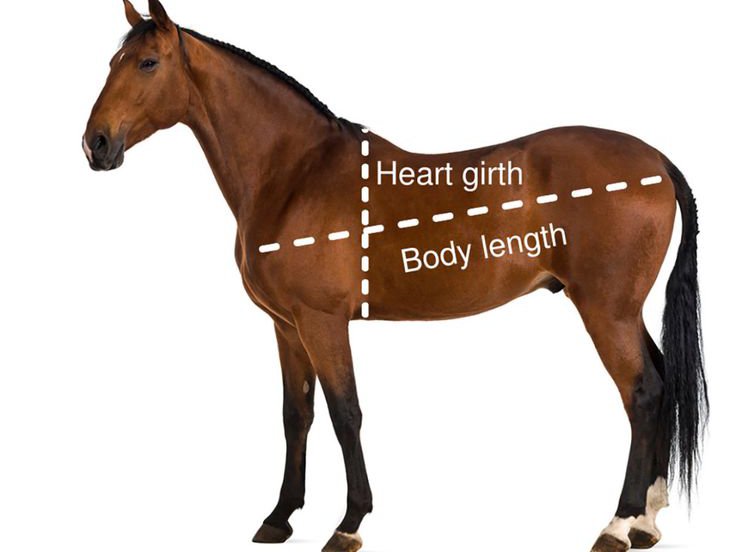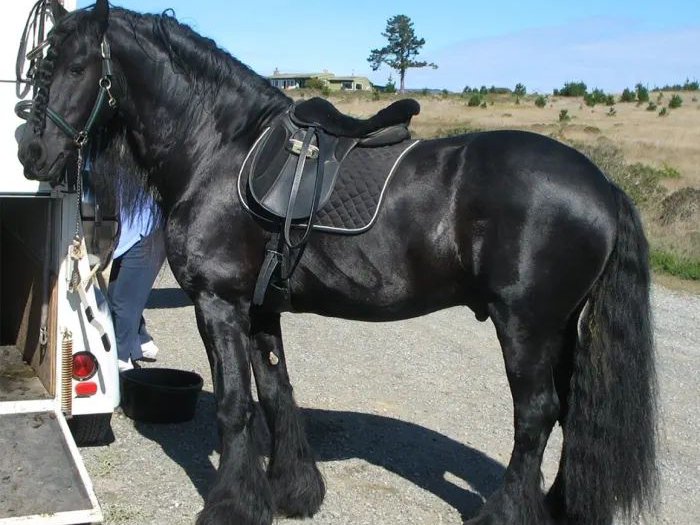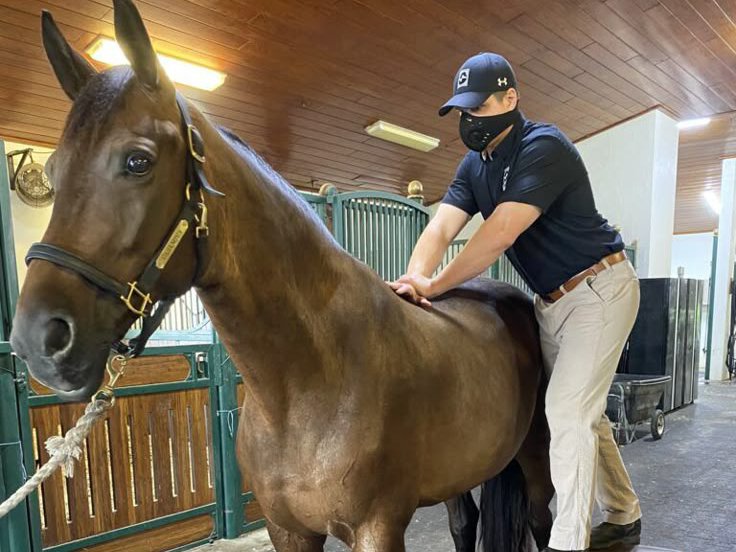Whether you’re calculating feed portions, medications, or tracking health, knowing your horse’s weight is essential. Unfortunately, most horse owners don’t have access to a livestock scale — but that doesn’t mean you can’t get a reliable estimate. Learning how to accurately measure your horse’s weight helps ensure proper care and avoids under- or overdosing when it comes to feed, dewormers, or supplements.
Here’s a complete guide to understanding your horse’s weight and how to measure it correctly — with or without a scale.
Why Knowing Your Horse’s Weight Matters
Horse weight isn’t just about monitoring body condition. It’s crucial for:
-
Determining how much to feed your horse daily.
-
Administering the correct dosage of medication or dewormers.
-
Monitoring weight gain or loss due to illness, stress, or age.
-
Adjusting workloads or training based on your horse’s size.
Since horses can vary widely in size — from miniature ponies to draft breeds — a one-size-fits-all approach simply doesn’t work.
Methods to Measure Your Horse’s Weight
1. Livestock Scale (Most Accurate)
The most precise method is to use a large animal scale at a veterinary clinic, feed store, or training facility. Simply lead your horse onto the platform and record the number. However, because most owners don’t have easy access to a livestock scale, alternatives are commonly used.
2. Weight Tape
A horse weight tape is an inexpensive and simple tool that estimates your horse’s weight based on girth circumference. To use it:
-
Stand your horse on level ground.
-
Wrap the tape around the heart girth (just behind the front legs and over the withers).
-
Read the number where the tape meets itself.
This method works best on average-sized horses and can be off by ±50 pounds, but it’s useful for tracking weight changes over time.
3. Weight Formula (Most Reliable at Home)
For greater accuracy than a tape alone, use this formula for adult horses:
Horse weight (lbs) = (Heart girth² × Body length) ÷ 330
Steps:
-
Measure heart girth (in inches): around the chest, just behind the front legs.
-
Measure body length (in inches): from the point of the shoulder to the point of the buttocks.
-
Plug the numbers into the formula.
This method is fairly accurate for full-grown light horse breeds. There are adjusted formulas for ponies, foals, or draft horses.

Tips for More Accurate Results
-
Measure your horse at the same time of day for consistency.
-
Use a soft, flexible measuring tape.
-
Make sure your horse is standing still and square on a flat surface.
-
Always record the results to monitor trends.
Common Horse Weight Ranges
-
Ponies: 300–900 lbs
-
Light riding horses (Arabians, Quarter Horses): 900–1,200 lbs
-
Thoroughbreds: 1,100–1,300 lbs
-
Draft horses: 1,500–2,200+ lbs
Keep in mind these are averages. Your horse’s condition, build, and age all affect weight.
Final Thoughts
Learning how to accurately measure your horse’s weight empowers you to make informed decisions about care, feeding, and health management. While a scale is the gold standard, weight tapes and formulas offer practical alternatives that are reliable enough for everyday use. With consistent tracking and attention, you’ll better support your horse’s well-being for years to come.
Learn More
For more on equine nutrition and health, visit wildlifehub.xyz the American Association of Equine Practitioners, or speak with your local equine vet.




